Industry
Top 5 KPIs: Steve Atkinson
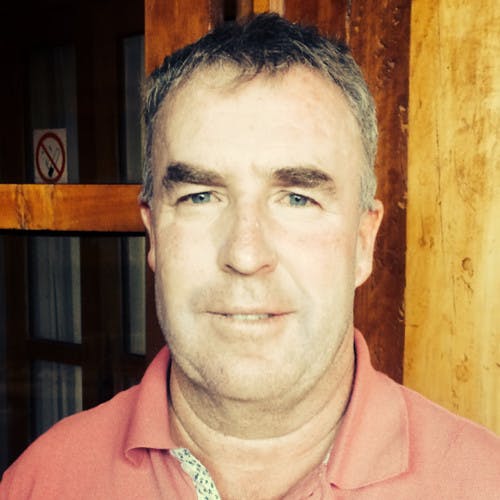
“Our team are the ones that bring our farming system to life so while we have our non-negotiables on farm, our people are just as important. We strive to create an environment on farm where our team can add value to themselves and to the dairy industry, so training is a big part of what we try to do here. We teach through experience, providing a tight framework around our ‘non-negotiables’ and once our people know our system it all begins to fall into place."
- Steve Atkinson, Waikato dairy farmer
Steve and Trish farm 2600 cows across 4 different operations in the Waikato. They run a contract milking system which extends to a farming team of 15. In 2015 Steve and Trish moved to the south of Chile for a 3 year stint at Manuka, working alongside the production team of the 56 dairy farm operation, responsible for 10% of total national production of milk in Chile . Back home in NZ now, Steve is a Production Committee member of Manuka, and is part of the Grasslands production committee. He is also a Director on a couple of private dairy operations.
Steve says "our team are the ones that bring our farming system to life so while we have our non-negotiables on farm, our people are just as important. We strive to create an environment on farm where our team can add value to themselves and to the dairy industry, so training is a big part of what we try to do here. We teach through experience, providing a tight framework around our ‘non-negotiables’ and once our people know our system it all begins to fall into place.
We’ve found that having them keep good records on farm is particularly useful for this. What we see is that over time, the team uses these learnings to draw their own insights and make really good decisions themselves. We like to get our team thinking about what they’re doing, why they’re doing it and what each decision means.
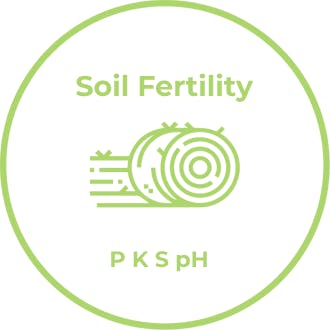
Soil fertility
Soil fertility is the first of my non-negotiables. Good pasture supply requires highly fertile soil. For me this is the horsepower of the farming operation given the close correlation between grass eaten and profit. Our farms are based on silt and sandy looms in the Waikato so to ensure we have the most fertile soil we can, we soil test every paddock every three years. We’ve done this for over a decade now and find it valuable to look at the trends in the data.
Measure:
P greater than 40 (if P falls under 40 then we will do a little bit of Capex Fert)
K greater than 11 (optimum between 7-10)
S greater than 12 (optimum between 10-12)
pH around 6.
For Nitrogen applications, we follow the cows through September to December which becomes the annual programme for nutrient requirements, ensuring we maintain the soil targets above.
If the budget is tight for the year, we don’t consider soil fertility as a cost-saving lever to pull.
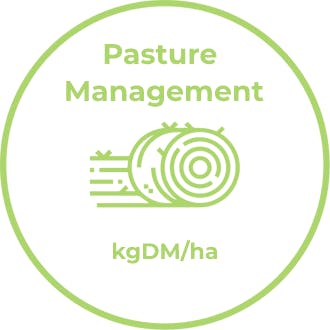
Pasture management
Another non-negotiable in our system is ensuring average pasture cover at calving is 2400+ kgDM per hectare. To achieve this we make sure that pasture from the start of calving until balance date is used in conjunction with the spring rotation planner.
Rotation lengths are also important for us - we always try to maximise pasture growth by grazing the rye grass plants at their third leaf stage.
We try to prevent any unnecessary damage (like pugging) to the soils, and backfill where we need to. Over the past couple of years we have actually undersown grass seeds (rye and clover) as a result of droughts.
Residual driven management - what I mean here is in the winter we’re cleaning out the pasture to get the spring quality (1100kg drymatter per hectare). During spring we maintain pasture cover right throughout the pasture sward by having grazing residuals of around 1500-1550kgs drymatter per hectare.
Autumn rotation planners are used from the 15th March to 15th June to ensure we push a feed wedge forward into the winter.
Our on farm team gathers our pasture data through weekly pasture walks.

Liveweight target
We keep an eye on a variety of KPIs here including cow condition, submission rates, lame cows, six week in-calf rate, and return rates.
Our non-negotiable here are well grown calves; we define this as: calves weaned at 80kgs of liveweight (Jerseys) and stay on farm until May 1st, leaving to grazing at approximately 185kg liveweight.
Fully grown in-calf heifers with a condensed calving pattern; we define this as:
Cow condition at start of calving - 5; Heifers/first calvers condition - 5.5
Six-week in-calf rate is greater than 75%
Empty rates ideally <7%.
Lame cows % - we strive for this to be as low as possible and do so by ensuring staff management of the animals is sound and that raceway infrastructure is maintained.
Other comments: we implement once a day milking on the younger cows only, 30 days before mating starts to give the best opportunity to get in calf. SCC can also assist with any culling decisions to be made, we target <150,000.
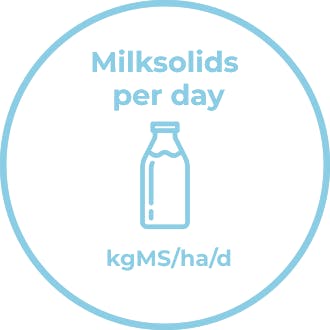
Milksolids per day
This is important as it drives productivity. This is a result of the above residual comments. Good looks greater than 6 kgMS/ha/d (on a grass farming system) over the period September/October and into November.
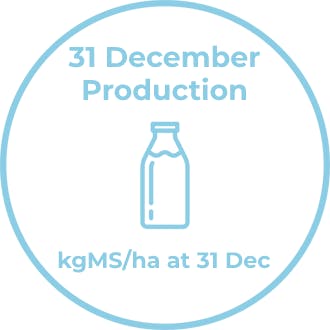
31 December production
This all encompassing KPI indicates the combined success of cow-days in milk, calving date, 6 week in-calf rates, per cow production and stocking rate - and ensures that the farm system configuration is set right.
We scrutinise the period up to 31 December more heavily as anything after that date (at least on Waikato farms) is more climate driven so we control what we can up until that date.
A good result is greater than 820 kgMS/ha, and excellence is greater than 900 kgMS/ha.
To reach excellence all my KPIs above need to align - so that’s days in milk, calving spread, per cow production. Pasture quality is part of this as well, ensuring high quality through residual driven decisions.